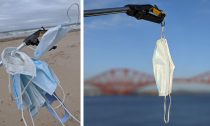
This year’s Great British Beach Clean, hosted by the Marine Conservation Society (MCS), has found that face masks and gloves were found on nearly 30% of beaches cleaned by Marine Conservation Society volunteers over the week-long event. The inland Source to Sea Litter Quest data shows a similarly alarming presence of masks and gloves, with more than 69% of litter picks finding PPE items.
“The amount of PPE our volunteers found on beaches and inland this year is certainly of concern,” said Lizzie Prior, Great British Beach Clean Coordinator at the MCS...
Read More

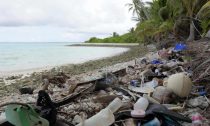
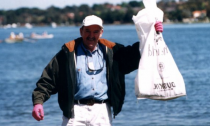


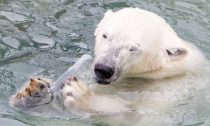
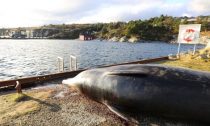


Social Profiles